Year 2
The English curriculum is built around the three interrelated strands of language, literature and literacy. Teaching and learning programs should balance and integrate all three strands. Together, the strands focus on developing students' knowledge, understanding and skills in listening, reading, viewing, speaking, writing and creating. Learning in English builds on concepts, skills and processes developed in earlier years, and teachers will revisit and strengthen these as needed.
In Year 2, students communicate with peers, teachers, students from other classes and community members.
Students engage with a variety of texts for enjoyment. They listen to, read, view and interpret spoken, written and multimodal texts in which the primary purpose is to entertain, as well as texts designed to inform and persuade. These encompass traditional oral texts, picture books, various types of print and digital stories, simple chapter books, rhyming verse, poetry, non-fiction, film, multimodal texts, dramatic performances and texts used by students as models for constructing their own work.
The range of literary texts for Foundation to Year 10 comprises Australian literature, including the oral narrative traditions of Aboriginal and Torres Strait Islander Peoples, as well as the contemporary literature of these two cultural groups, and classic and contemporary world literature, including texts from and about Asia.
Literary texts that support and extend Year 2 students as independent readers involve sequences of events that span several pages and present unusual happenings within a framework of familiar experiences. Informative texts present new content about topics of interest and topics being studied in other areas of the curriculum. These texts include language features such as varied sentence structures, some unfamiliar vocabulary, a significant number of high-frequency sight words and words that need to be decoded phonically, and a range of punctuation conventions, as well as illustrations and diagrams that support and extend the printed text.
Students create a range of imaginative, informative and persuasive texts including imaginative retellings, reports, performances, poetry and expositions.
(source: www.australiancurriculum.edu.au)
Achievement Standard
Receptive modes (listening, reading and viewing)
By the end of Year 2, students understand how similar texts share characteristics by identifying text structures and language features used to describe characters and events, or to communicate factual information.
They read texts that contain varied sentence structures, some unfamiliar vocabulary, a significant number of high-frequency sight words and images that provide extra information. They monitor meaning and self-correct using knowledge of phonics, syntax, punctuation, semantics and context. They use knowledge of a wide variety of letter-sound relationships to read words of one or more syllables with fluency. They identify literal and implied meaning, main ideas and supporting detail. Students make connections between texts by comparing content. They listen for particular purposes. They listen for and manipulate sound combinations and rhythmic sound patterns.
Productive modes (speaking, writing and creating)
When discussing their ideas and experiences, students use everyday language features and topic-specific vocabulary. They explain their preferences for aspects of texts using other texts as comparisons. They create texts that show how images support the meaning of the text.
Students create texts, drawing on their own experiences, their imagination and information they have learnt. They use a variety of strategies to engage in group and class discussions and make presentations. They accurately spell words with regular spelling patterns and spell words with less common long vowel patterns. They use punctuation accurately, and write words and sentences legibly using unjoined upper- and lower-case letters.
(source: www.australiancurriculum.edu.au)
- Plus Plan
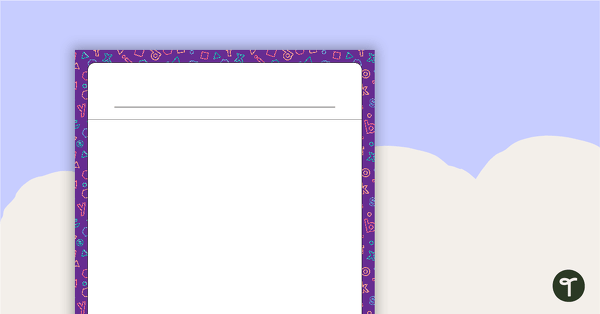
Create and Write – Art Template
A template designed for students to display their writing and illustrations.
- Plus Plan
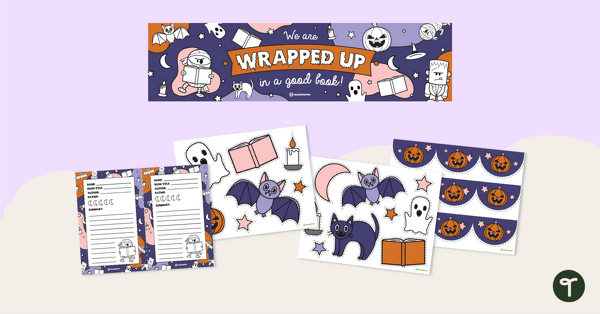
Halloween Display – Wrapped Up in a Good Book
Download a printable Halloween bulletin board set for your classroom library or school library. Showcase your students’ insightful book reviews with our Halloween-themed classroom display.
- Plus Plan
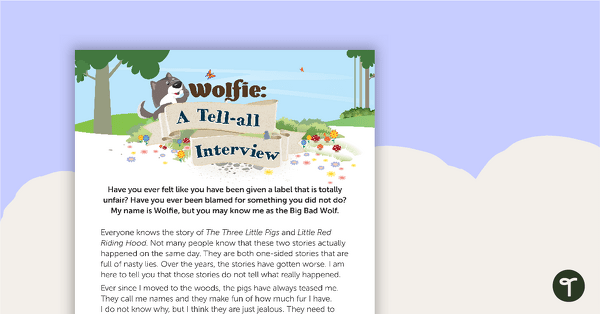
Wolfie: A Tell-all Interview – Worksheet
A comprehension worksheet for a narrative from the Year 2 magazine (Issue 3).
- Plus Plan

Informative Writing Bump It Up Wall – Year 2
A visual display for your classroom to help students ‘bump up’ their informative writing.
- Plus Plan
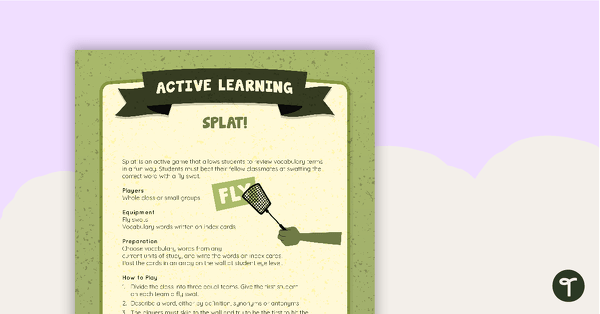
Splat! Active Game
An active game that allows students to test and build their vocabulary knowledge.
- Plus Plan

The Power of One Noun
A worksheet that can be used when studying nouns or as a getting to know you activity.
- Plus Plan
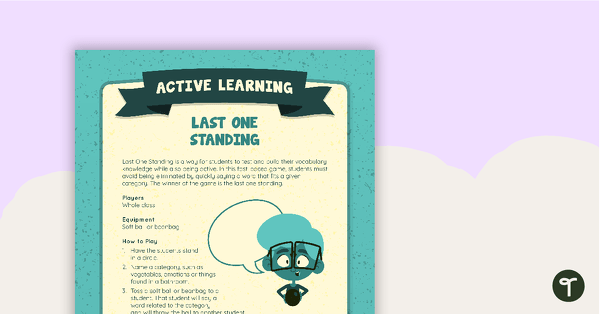
Last One Standing Active Game
An active game that allows students to build their vocabulary knowledge.
- Plus Plan
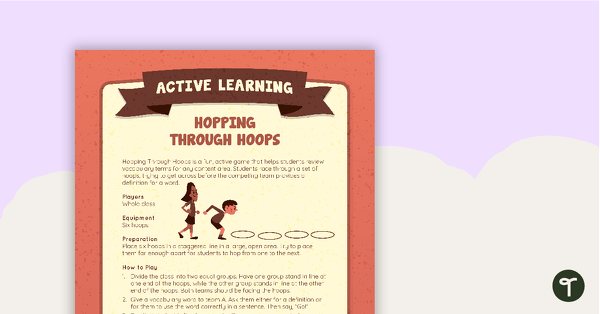
Hopping Through Hoops Active Game
An active game that allows students to review vocabulary words for any content area.
- Plus Plan
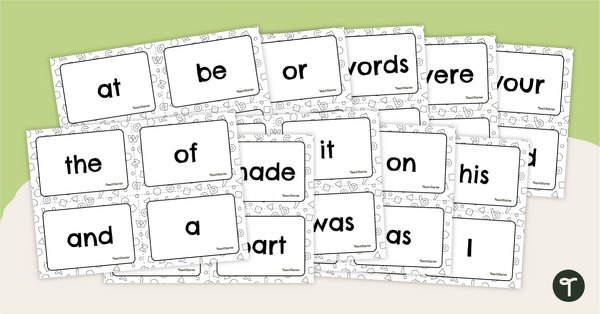
Fry Sight Words Flash Cards
A set of flash cards for the first 100 Fry Sight Words.
- Plus Plan

Around in Circles Active Game
An active game to use when reviewing any type of content with your students.
- Plus Plan
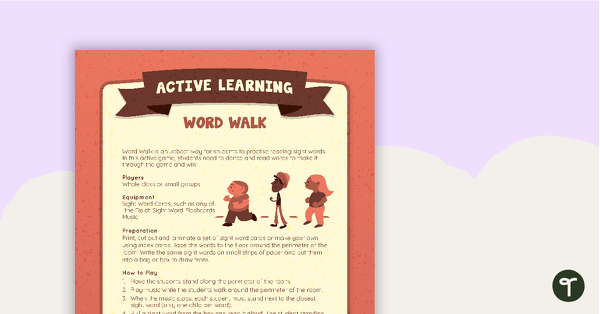
Word Walk Active Game
An active game that allows students to practise reading sight words.
- Plus Plan

Team Trials: Success Celebrators – Comprehension Worksheet
A comprehension worksheet for a comic about the importance of good sportsmanship and celebrating the success of others.
- Plus Plan
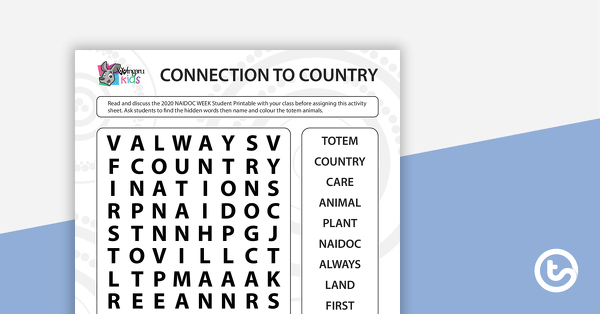
NAIDOC Week Connection to Country Word Search - Lower Primary
A NAIDOC Week Connection to Country Word Search suitable for lower primary school students.
- Plus Plan
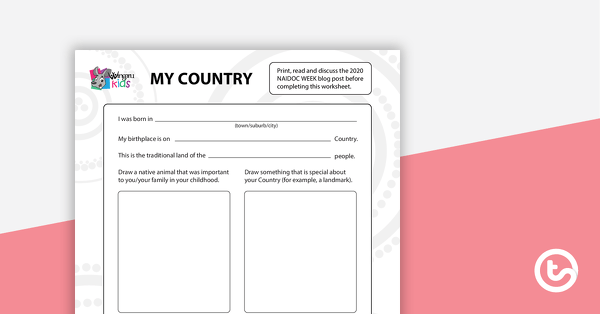
NAIDOC Week My Country Worksheet - Lower Primary
A NAIDOC Week "My Country" worksheet suitable for lower primary school students.
- Plus Plan
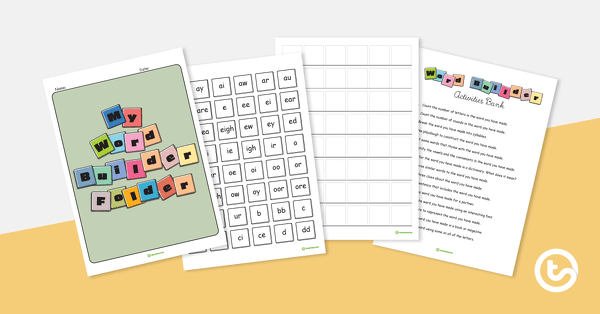
My Word Builder Folder
An individual word building folder to develop and consolidate students’ phonemic awareness.
- Plus Plan
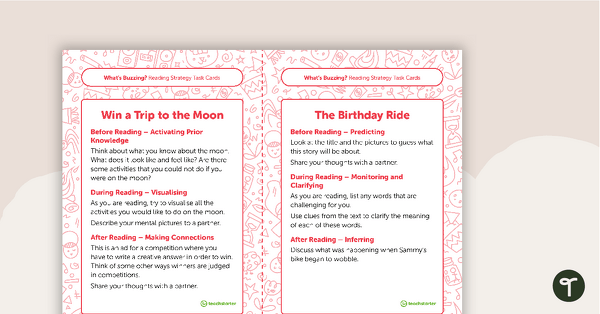
Year 1 Magazine – "What's Buzzing?" (Issue 3) Task Cards
A set of five literacy rotation task cards to be used in conjunction with Issue 3 of Teach Starter’s Year 1 magazine.
- Plus Plan
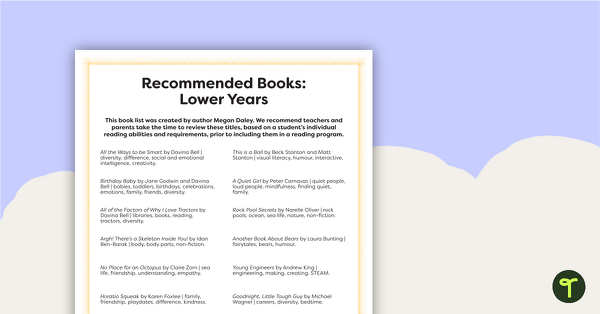
Recommended Books: Lower Years
A list of recommended books for lower years created by award-winning teacher-librarian Megan Daley.
- Plus Plan
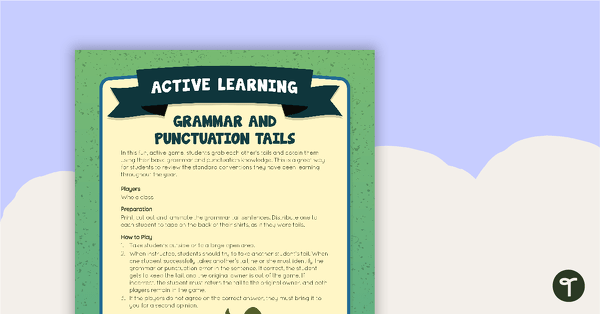
Grammar and Punctuation Tails - Active Learning
An active game that requires students to use their basic grammar and punctuation knowledge.
- Plus Plan
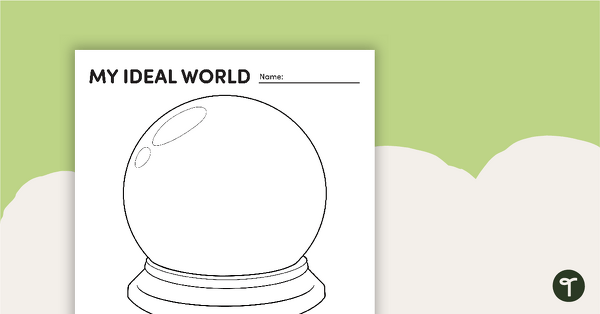
My Ideal World – Writing Template
A template for students to use when writing about their ideal world.
- Plus Plan
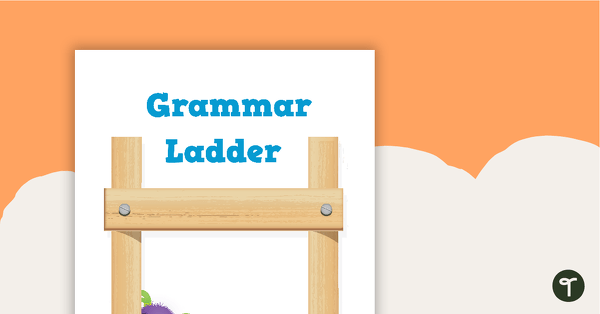
Grammar Tracking Chart – Monster Theme
A classroom display that allows students to see their progress towards using correct grammar and punctuation in their sentences.
- Plus Plan
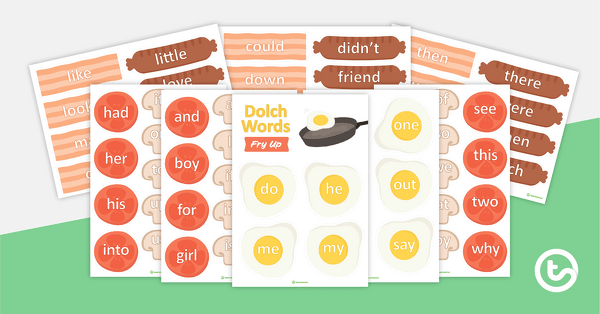
Dolch Sight Words 'Fry Up' Activity
Dolch words on breakfast 'fry up' ingredients for students to revise their high-frequency words.
- Plus Plan

Punctuation Tracking Chart – Monster Theme
A classroom display that allows students to see their progress towards using correct grammar and punctuation in their sentences.
- Plus Plan
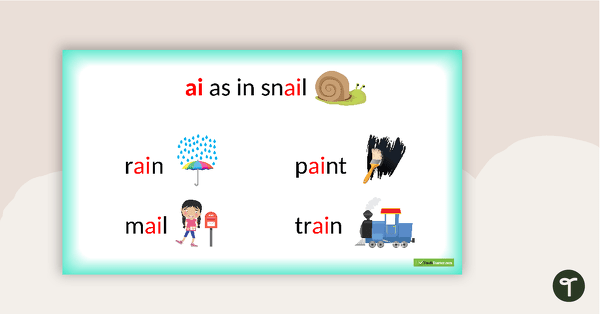
Phonemes and Their Graphemes - PowerPoint
A 56 slide PowerPoint presentation on phonemes and their graphemes.
- Plus Plan
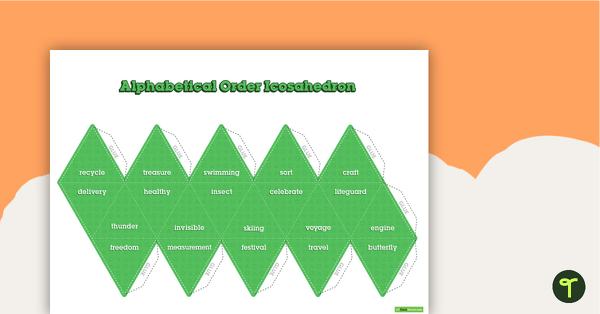
Alphabetical Order Icosahedron
An engaging way for your students to consolidate their understanding of alphabetical order.
- Plus Plan
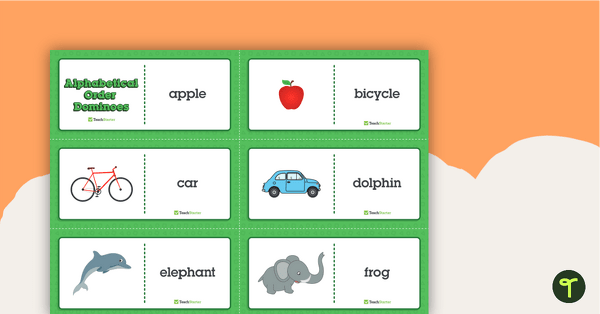
Alphabetical Order Dominoes
A set of dominoes to consolidate students' understanding of alphabetical order.
- Plus Plan

Dolch Sight Word Flashcards - Nouns
Use these flashcards to help students practice their Dolch sight words.
- Plus Plan
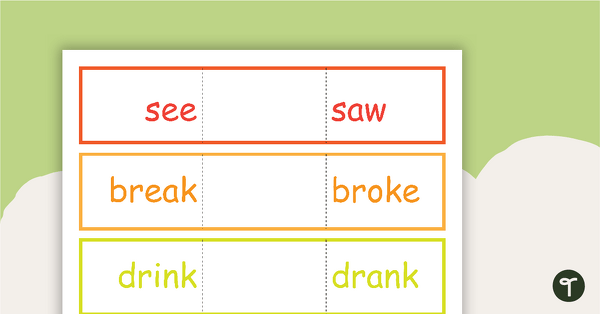
Past Tense Folding Cards
A set of 21 past tense folding cards.
- Plus Plan
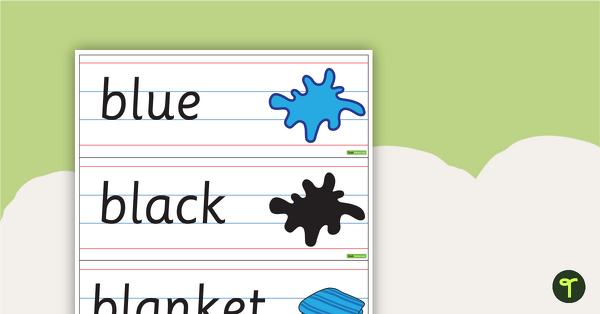
L Blend Word Wall Vocabulary
Thirty-two L blend vocabulary cards for a word wall.
- Plus Plan
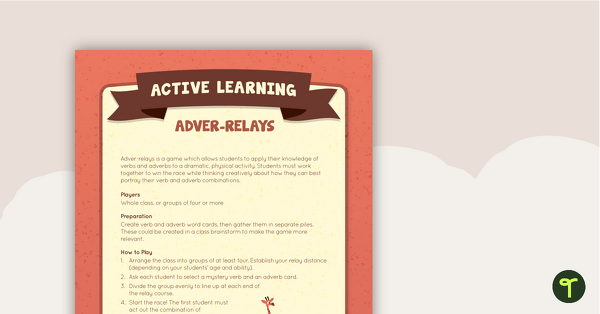
Adver-relays Active Learning Game
A whole class active game that encourages learning through a physical setting.
- Plus Plan
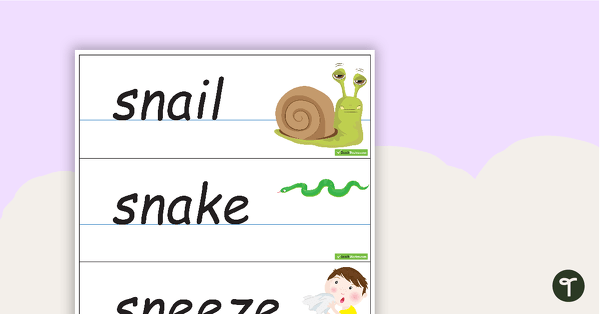
S Blend Word Wall Vocabulary
Sixty S blend vocabulary cards for a word wall.
- Plus Plan
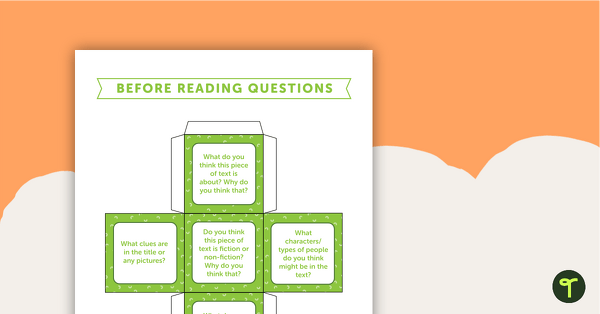
Before, During and After Reading Non-Fiction Questions - Dice
5 different versions of dice to use when asking questions before, during and after reading.
- Plus Plan
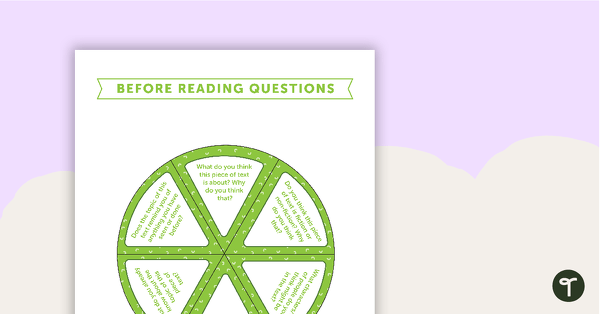
Before, During and After Reading Non-Fiction Questions - Wheel
5 different versions of wheels to use when asking questions before, during and after reading.